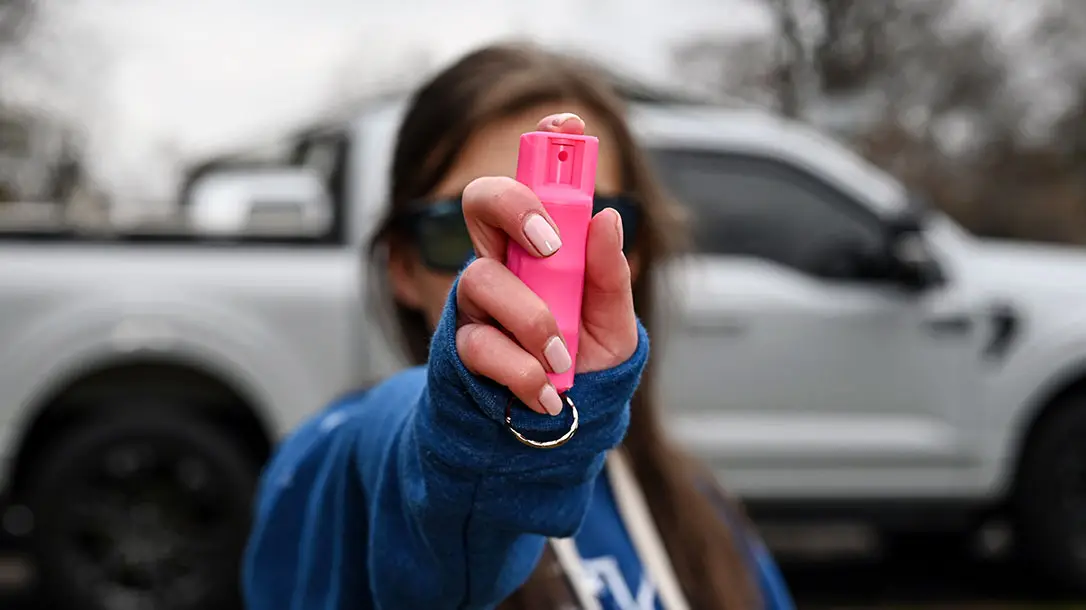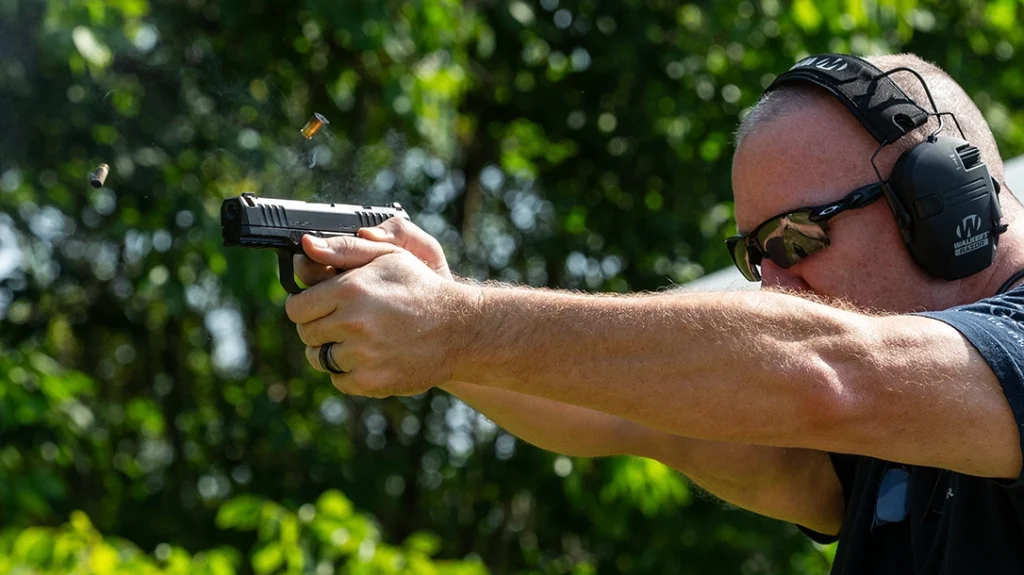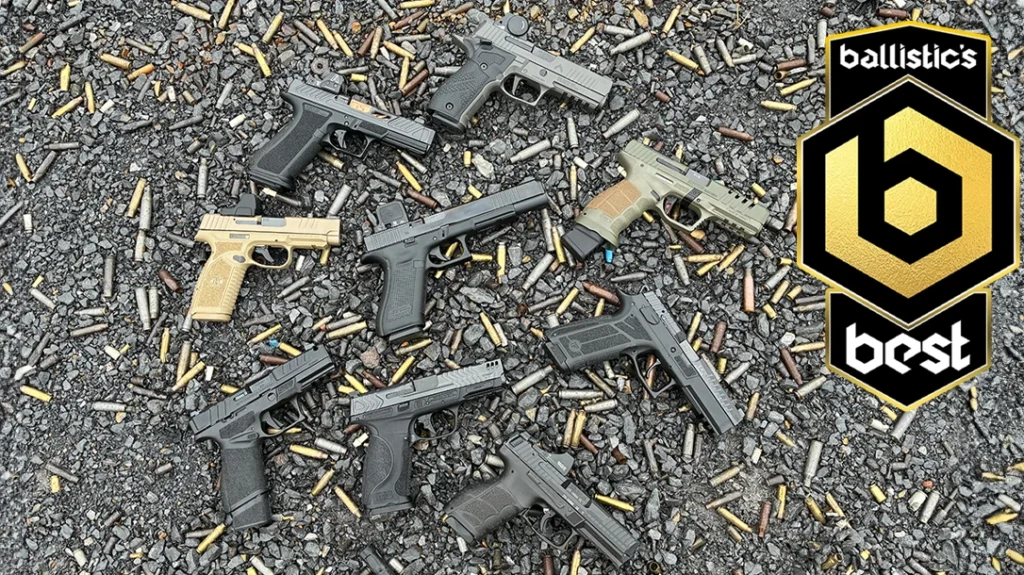Pepper spray and mace are two words that are often used interchangeably. This is primarily due to the popular trademarked brand known as “Mace,” which manufactures pepper spray. However, a closer look at these two terms shows that these tools are completely different. To clear up any confusion or misunderstanding you may have about each device, here is everything you need to know about pepper spray and its predecessor, chemical mace.
Pepper Spray vs Chemical Mace: What You Should Know
What is Pepper Spray?
Pepper spray is a liquid irritant that is designed to cause inflammation of an individual’s eyes, skin, and throat. It is made from oleoresin capsicum, a natural oil found in peppers such as cayenne and various chili peppers.
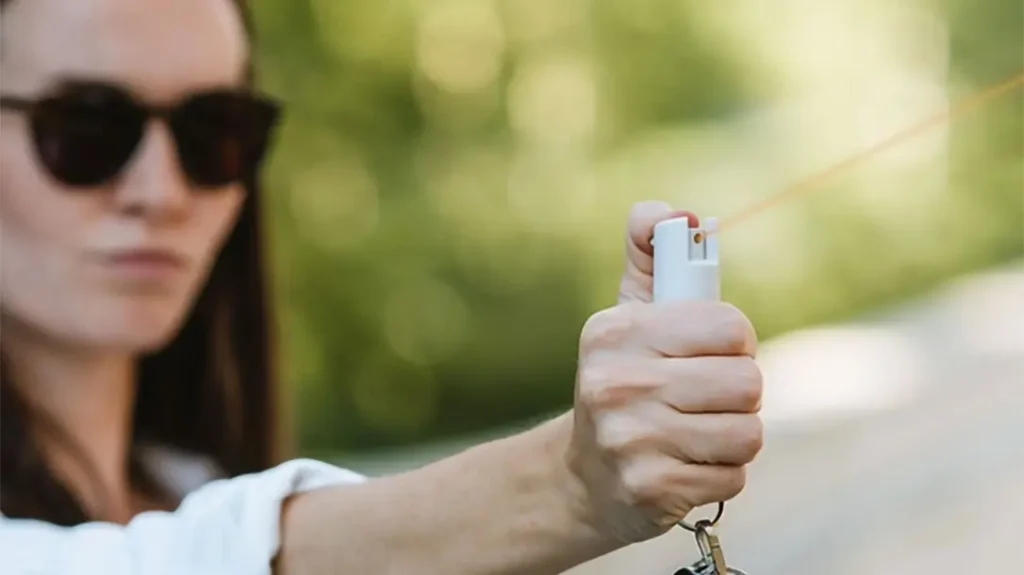
Advertisement — Continue Reading Below
The capsicum in these fruits is finely ground up and then extracted using a solvent such as ethanol. The solvent is evaporated, which leaves a wax-like resin known as oleoresin capsicum. This OC is suspended in water with an emulsifier and is then pressurized to create an aerosol spray.
When used, the effects of the spray cause temporary blindness, burning of the skin and eyes, difficulty breathing, and shortness of breath. These effects vary from person to person but can last anywhere between fifteen to forty-five minutes.
What is Chemical Mace?
Chemical mace is another form of aerosol self-defense spray that is designed to cause irritation to the eyes, nose, and throat. The main ingredient in this irritant that differentiates the two is the chemical known as chloroacetophenone, commonly known as CN.
Advertisement — Continue Reading Below
Chloroacetophenone is designed to function as a tear gas irritant and cause headaches, dizziness, coughing, and a burning and watering sensation in the eyes. The spray’s effects can last between fifteen to twenty minutes. Finally, the aerosol can be sprayed up to twenty feet at an attacker.
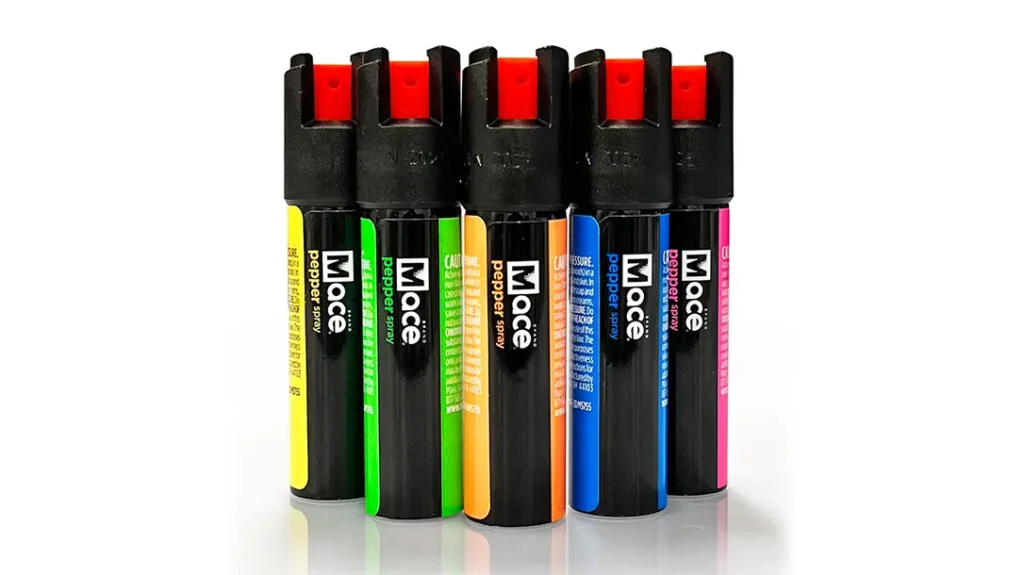
The History of Chemical Mace
Chemical mace was invented in 1965 by a physicist named Allan Lee Litman after his wife’s friend was mugged. Realizing that women needed a way to protect themselves in public, the couple began experimenting with different chemical forms to create a defense aerosol spray.
Advertisement — Continue Reading Below
The tool quickly gained popularity amongst law enforcement for crowd control. It was not until 1980 that this defense tool became available for civilians to purchase. However, there were toxicity concerns about CN, along with the ineffectiveness against those under the influence of drugs and alcohol.
So, the original formulation of chemical mace was discontinued. Today, most modern-day mace is formulated with oleoresin capsicum.
Rules & Regulations
Pepper spray is legal to own in all fifty states. However, depending on the state you live in, there may be a few rules and restrictions you must follow. A few of these restrictions include a person’s age, the amount of spray allowed in a canister, and when the defense tool can be used.
Advertisement — Continue Reading Below
Additionally, the same restrictions can be said for owning chemical mace. While the original formula is no longer around, the use of chloroacetophenone is still legal for military, law enforcement, and civilians to use as a defense spray. Above all, make sure you research and educate yourself on your state’s local laws.
Final Thoughts
Two of the biggest differences between pepper spray and chemical mace are their chemical makeup and their effectiveness. Chemical mace is formulated with a man-made compound known as CN, while pepper spray is made from a natural compound found in hot peppers.
Moreover, unlike chemical mace, pepper spray is effective on those intoxicated or under the influence of drugs. This makes it the superior tool to use. Overall, while both of these defensive tools are by no means the same, they both serve the same purpose. They allow individuals to make their safety a number one priority.
Advertisement — Continue Reading Below

